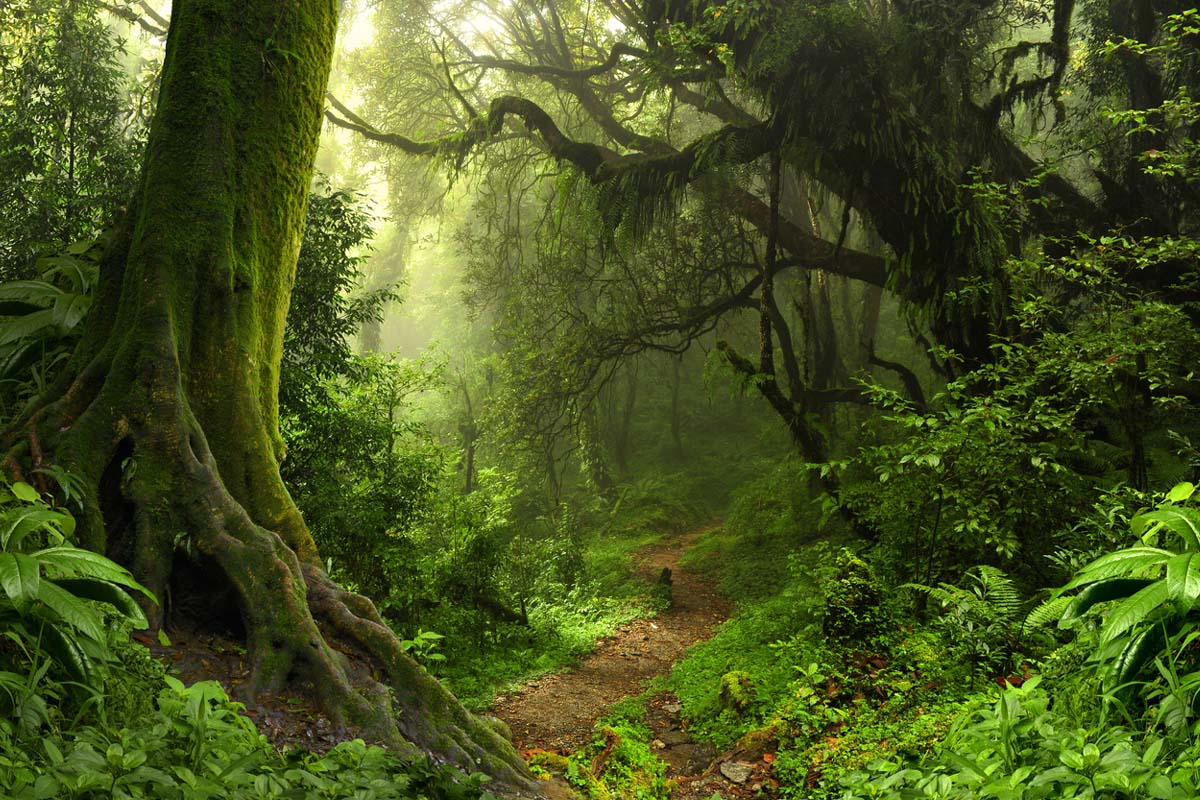Puja club shows the way for unity in diversity with vote for Ma
In a tribute to unity in diversity, India’s unique identity, the club brought together women from the neighbourhood, representing the various religions.
The compulsions are seemingly reasonable, but environmental protection does not end with a check on greenhouse gas emissions.

Representational Image
Much as there is general satisfaction over the expansion of forest cover throughout the country, albeit marginal in West Bengal, it is rather distressing that there has been a much larger loss of what they call “non-forest greenery”, most particularly in urban areas. If the latest findings of the India State of Forest Report are any indication, greenery in the non-forest belt has declined by 6.1 per cent, against the 0.3 per cent increase in the state’s forest cover.
The calibration would suggest that beyond the boundaries of the jungle, scant regard is paid to the environment, let alone the conservation of flora and fauna. It is a commentary on the perilously skewed town planning that at the core of the shrinking foliage is the rampant hacking of trees for “development projects” without compensatory plantations in urban Bengal.
The saplings that have been planted, ostensibly as “compensation”, have as often as not turned out to be scrubs. In the net, this has translated to the development of under-development. Kolkata still boasts trees with large canopies that are decades’ old, at once offering shade and protecting the environment against weather fluctuations. And yet over the years, many if not most of these trees have been hacked to make way for wider roads and the construction of flyovers, not to forget the wiring for cable TV.
Advertisement
The compulsions are seemingly reasonable, but environmental protection does not end with a check on greenhouse gas emissions. Conservation of greenery is no less critical in the overall construct. Even the long-term planning has left much to be desired. It would be useful to recall that trees were hacked in Kolkata’s Gariahat crossing, the Exide crossing on Jawaharlal Nehru Road, and the Park Street crossing near Asiatic Society for the construction of pedestrian footbridges.
True, the ambitious projects have been jettisoned, but the damage to greenery has been considerable if the three zones are considered as case studies. There is little or nothing of greenery even in Rashbehari Avenue, that once showcased the finest in urban landscaping. Across the city, trees that had taken at least 20 years to grow ~ some to literally acquire fruition ~ exist no more.
Trees are a valuable asset, and this is the primary environmental issue that has scarcely been acknowledged. Extension of forest cover must go hand in hand with conservation. In West Bengal, the disbalance is palpable.
Advertisement